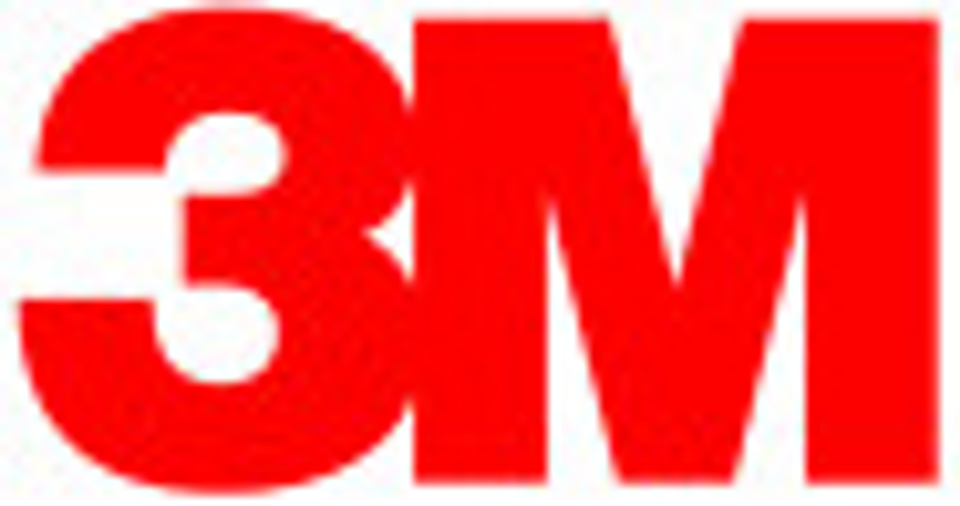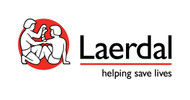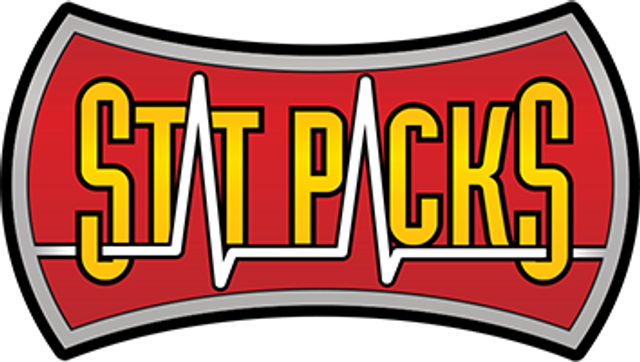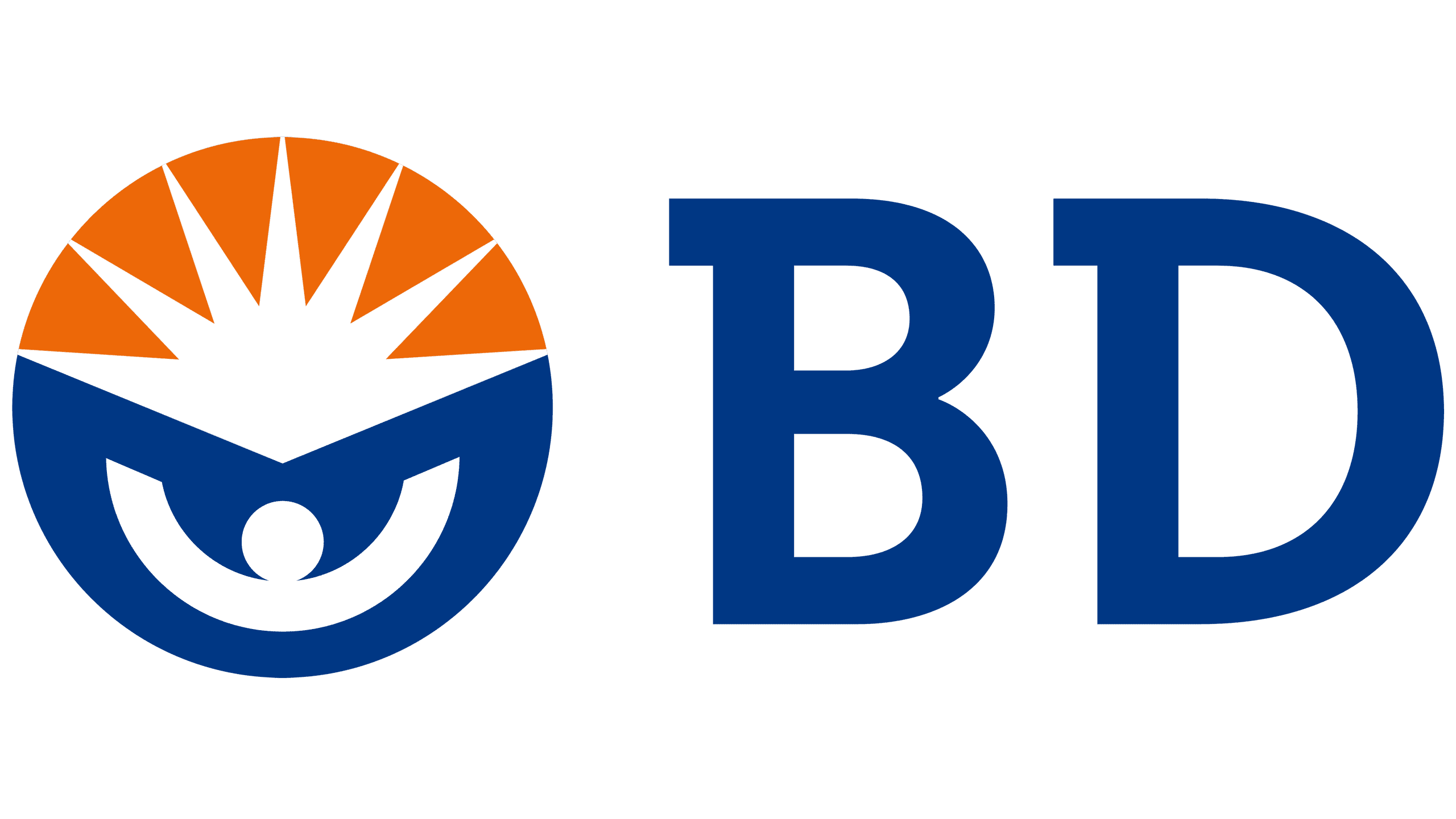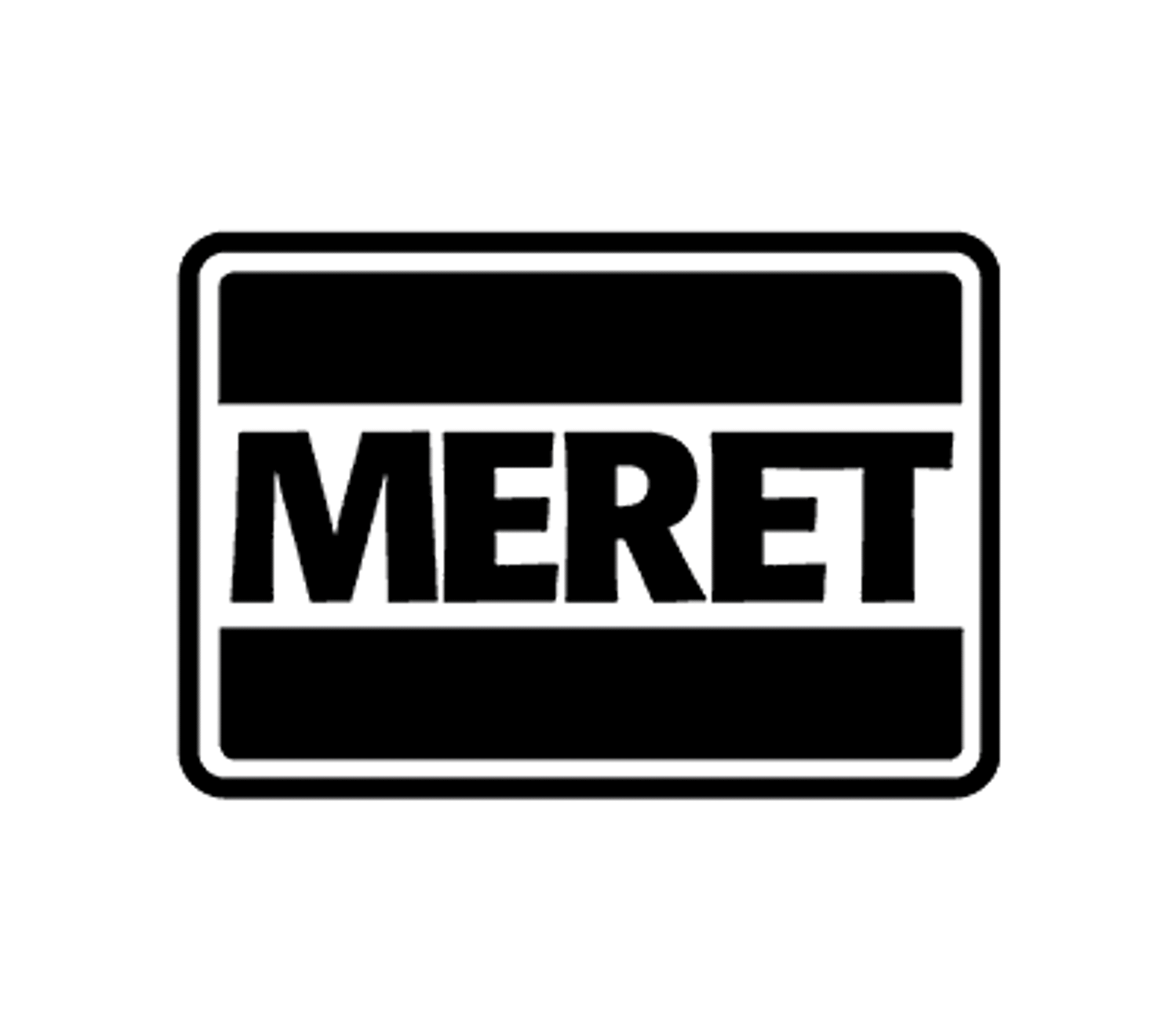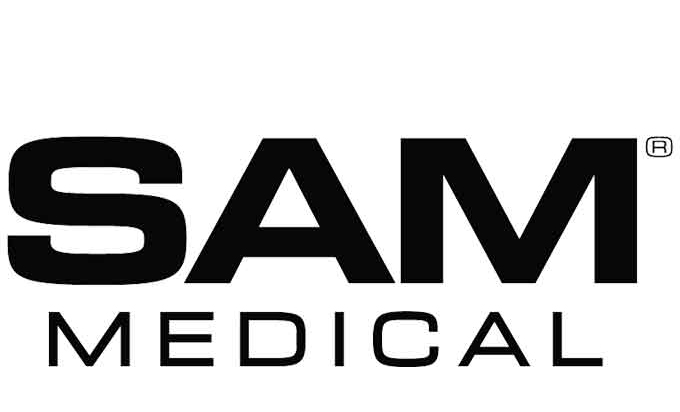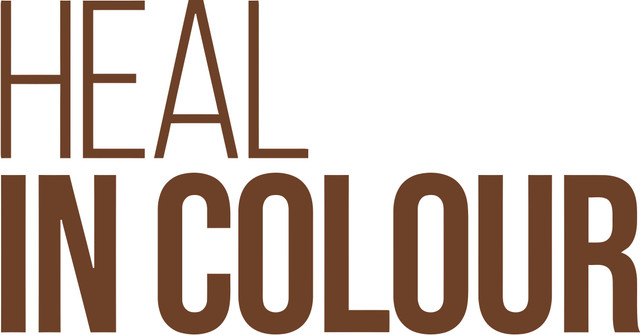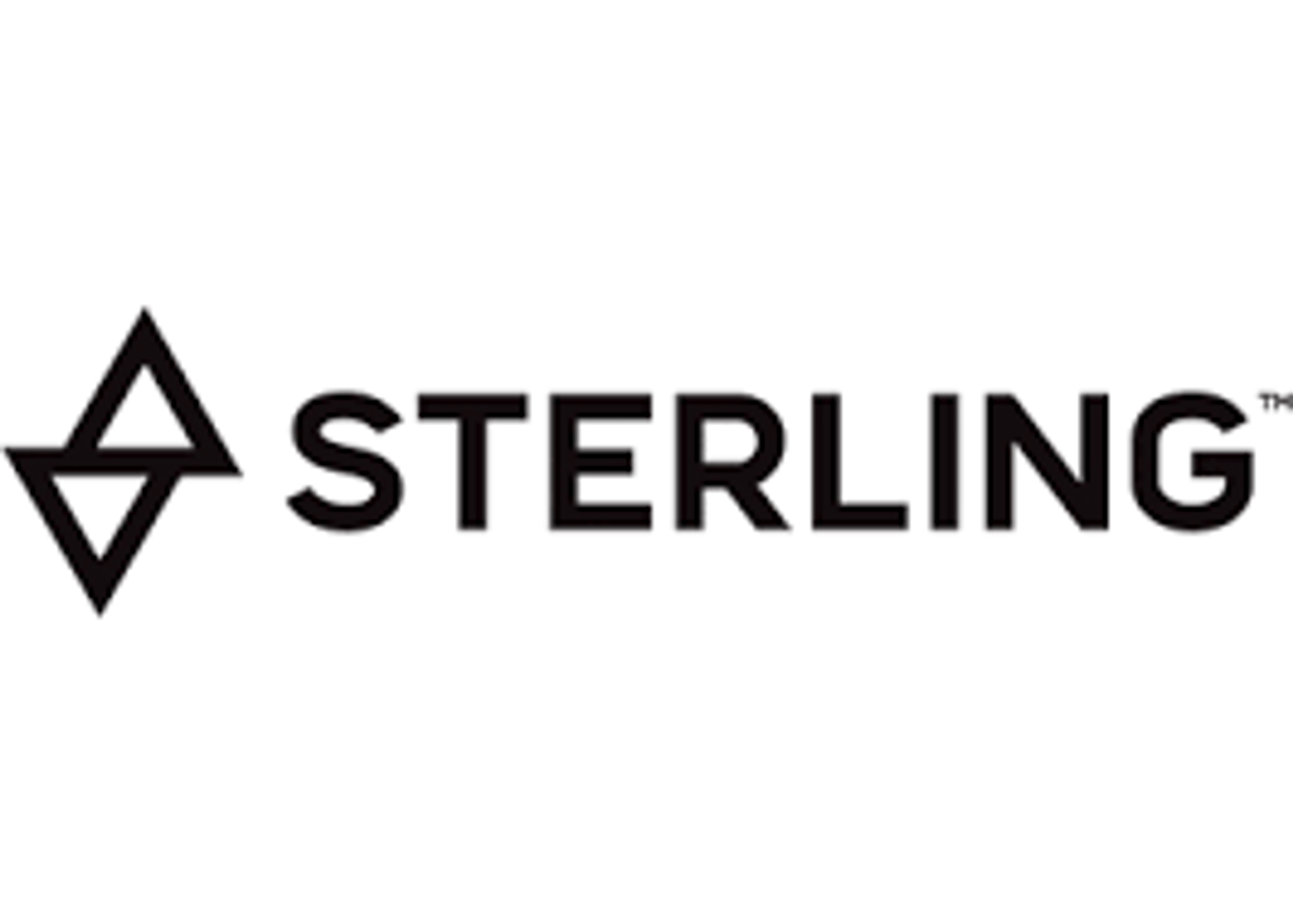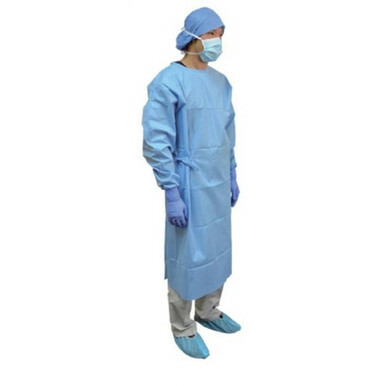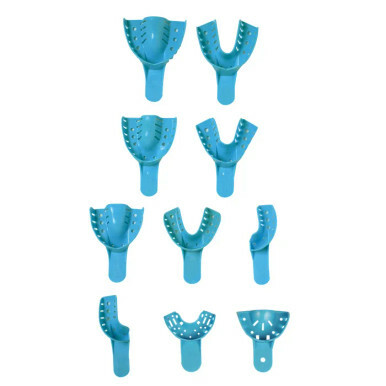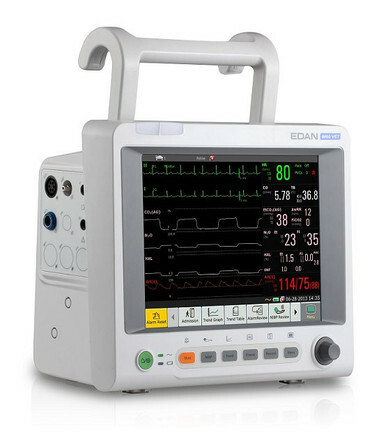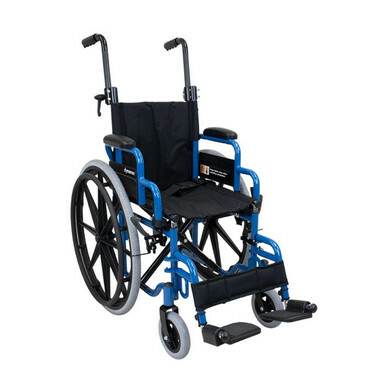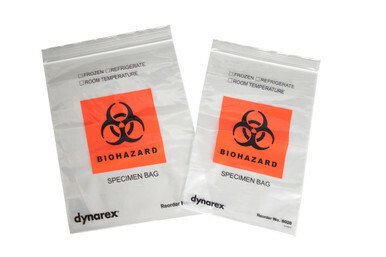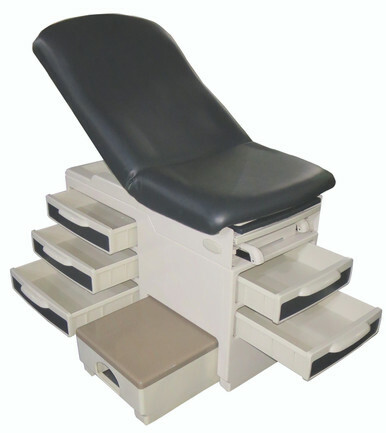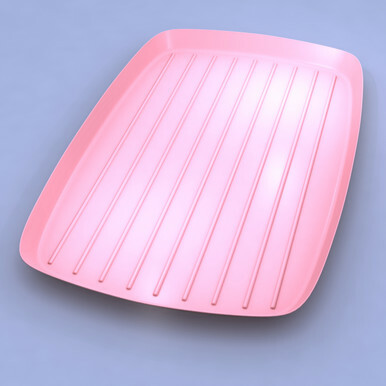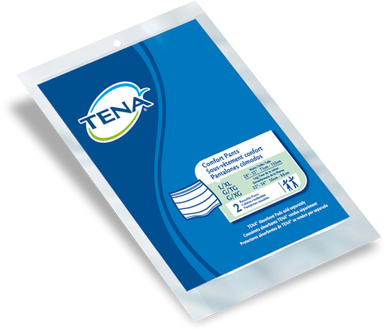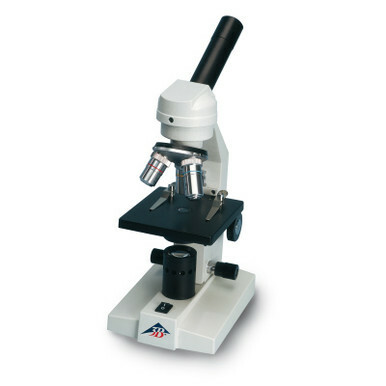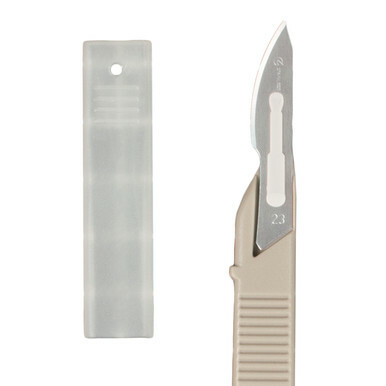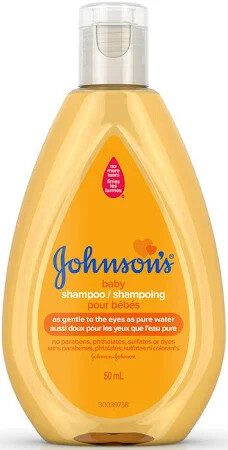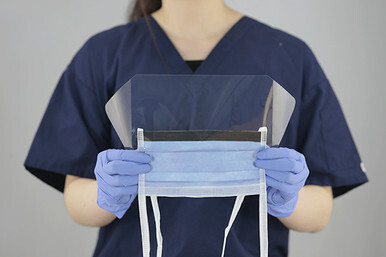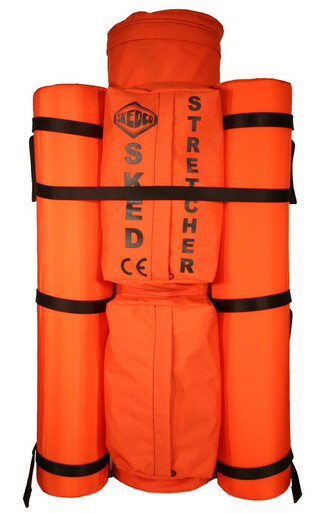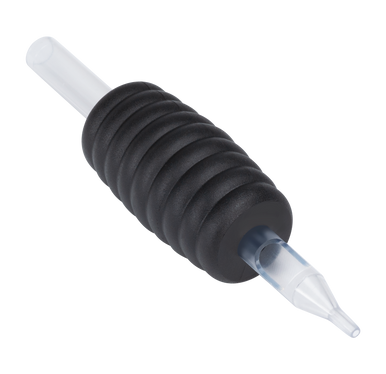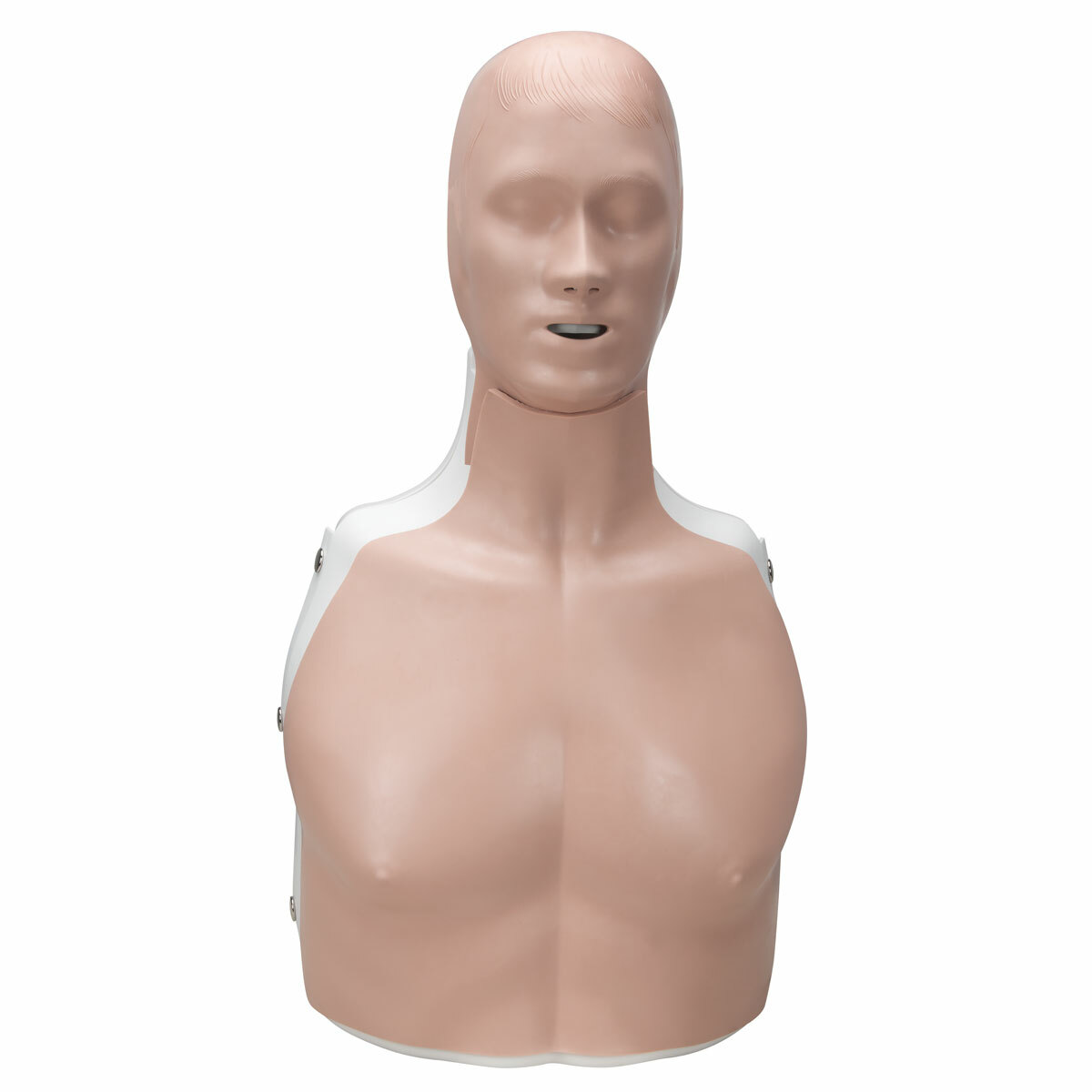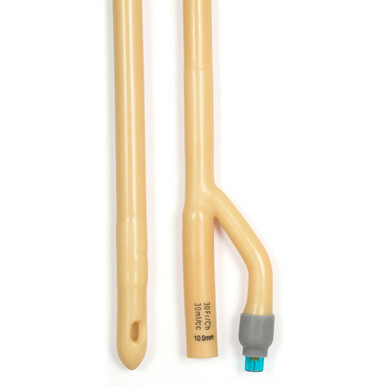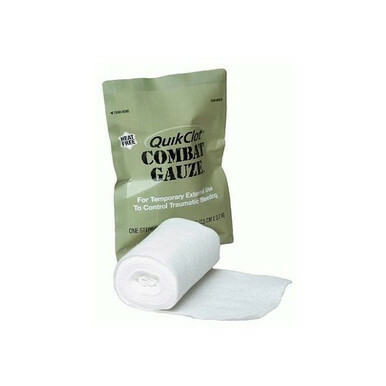Choosing the Right First Aid Kit for Your Needs
Posted by EMRN on 11th Oct 2023
Accidents can happen anytime, anywhere, and being prepared is paramount. Whether you're at home, on the road, or in the workplace, having the right first aid kit on hand is essential for providing immediate care in an emergency. In this blog post, we'll guide you through the process of selecting the right first aid kit for your unique needs, ensuring that you are well-prepared to respond to unexpected situations.
Assess Your Needs:
The first step in choosing the right first aid kit is to assess your specific requirements. Consider the following factors:
- Location: Are you selecting a first aid kit for your home, vehicle, office, or outdoor adventures? Each setting may have different needs.
- Number of People: The size of your group or family matters. A larger group may require a more comprehensive kit.
- Activities: The type of activities you engage in will determine what additional items you might need. For example, outdoor enthusiasts may need supplies for insect bites and outdoor injuries.
Select the Right Size:
First aid kits come in various sizes, from small personal kits to larger kits suitable for families or workplaces. Here are some common types:
- Personal First Aid Kits: Compact and ideal for carrying in a backpack, purse, or car. They typically include basic supplies like adhesive bandages, antiseptic wipes, and pain relievers.
- Family First Aid Kits: These are larger and designed to meet the needs of multiple family members. They include a wider range of supplies, including medications and more dressings.
- Travel First Aid Kits: Designed for travelers, these kits are compact and often contain items like motion sickness medication and blister treatment.
- Workplace First Aid Kits: Required for OSHA compliance in many workplaces, they are larger and stocked with supplies suitable for common workplace injuries.
Consider Essential Supplies:
A well-rounded first aid kit should include a variety of supplies:
- Adhesive bandages: Different sizes for covering minor wounds.
- Sterile gauze and dressings: For larger wounds and controlling bleeding.
- Adhesive tape: For securing dressings in place.
- Antiseptic wipes: To clean wounds and prevent infection.
- Scissors and tweezers: For cutting tape and removing splinters.
- Pain relievers: Such as aspirin, ibuprofen, or acetaminophen.
- Thermometer: To monitor for fever.
- Elastic bandage: Useful for sprains and strains.
- CPR Face Shield: Important for performing CPR safely.
Stay Informed:
Keep in mind that the contents of your first aid kit may need to be periodically updated or replenished, especially items with expiration dates. Regularly check your kit and replace any items that have been used or have expired.
Conclusion:
Selecting the right first aid kit is an important step in ensuring your preparedness for unexpected emergencies. At EMRN, we offer a range of high-quality first aid kits to meet your specific needs. Explore our selection today and take the first step towards a safer and more secure environment for you, your family, or your colleagues. Remember, it's not just about having a first aid kit; it's about having the right one.

